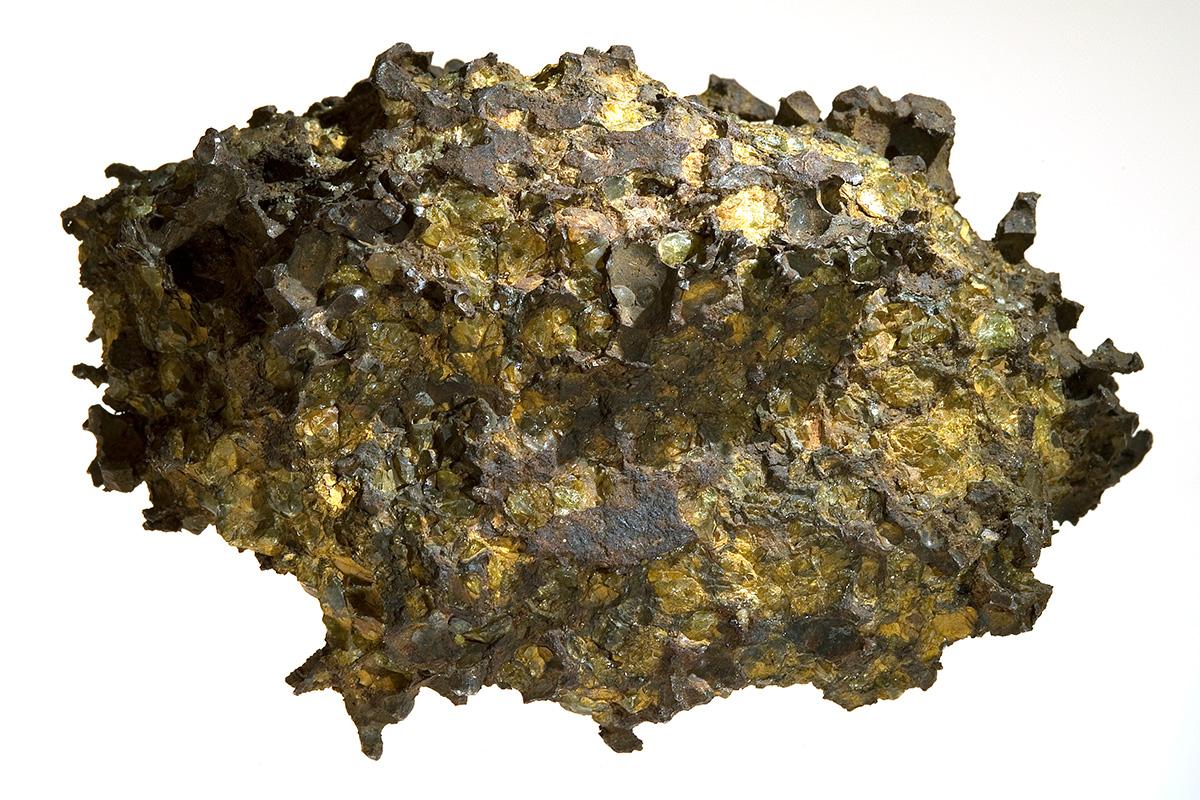Space engineers and asteroid experts from across Europe and beyond will gather at the Museum Museum für Naturkunde in Berlin this week, to discuss plans for bonus science resulting from humankind’s first spacecraft to a binary asteroid system – ESA’s proposed Hera planetary defence mission.
Participants in a two-day workshop will discuss the science opportunities amounting from this ambitious, innovative mission, and possible additional experiments Hera could carry to perform in-space validation of technologies related to asteroid mining or resource utilization.
Possible fly-bys of other near-Earth asteroids on the way to Didymos will be reviewed. In addition, the workshop will share ideas on how to conclude the mission in the most scientifically valuable way – should the fuel-depleted Hera be landed on one or other of the asteroids, for instance, or impact into them?
Building on the legacy of Europe’s Rosetta comet mission, Hera is planned to fly to another small Solar System body, the Didymos pair of near-Earth asteroids, being launched in November 2023.
A 160 m moon, informally called ‘Didymoon’ – about the same size as the Great Pyramid of Giza – orbits the 780 m-diameter mountain-sized main body. This smaller moon is Hera’s main focus. By 2026, when Hera is expected to arrive, Didymoon will have achieved historic significance: the first object in the Solar System to have its orbit measurably shifted by human effort.
A NASA mission called DART, for Double Asteroid Redirection Test, is planned to collide with Didymoon in October 2022, in a pioneering test of a planetary defence technique called “kinetic impactor”. Hera will map the resulting crater as it surveys Didymoon’s surface, while also performing close-up measurement of the asteroid’s mass, building up a fuller picture of the collision and its aftermath. Key measurements to complete the validation of the asteroid deflection technique and to establish an international planetary defence system.
OHB System AG in Germany is currently performing a detailed system study of the Hera mission, to be presented to Europe’s space ministers at ESA’s Space19+ Ministerial Council next year, to take a final decision on flying the mission.
For more information on the Hera mission, visit https://www.esa.int/Our_Activities/Space_Engineering_Technology/Hera
Contact: kai.wuennemann@mfn.berlin
